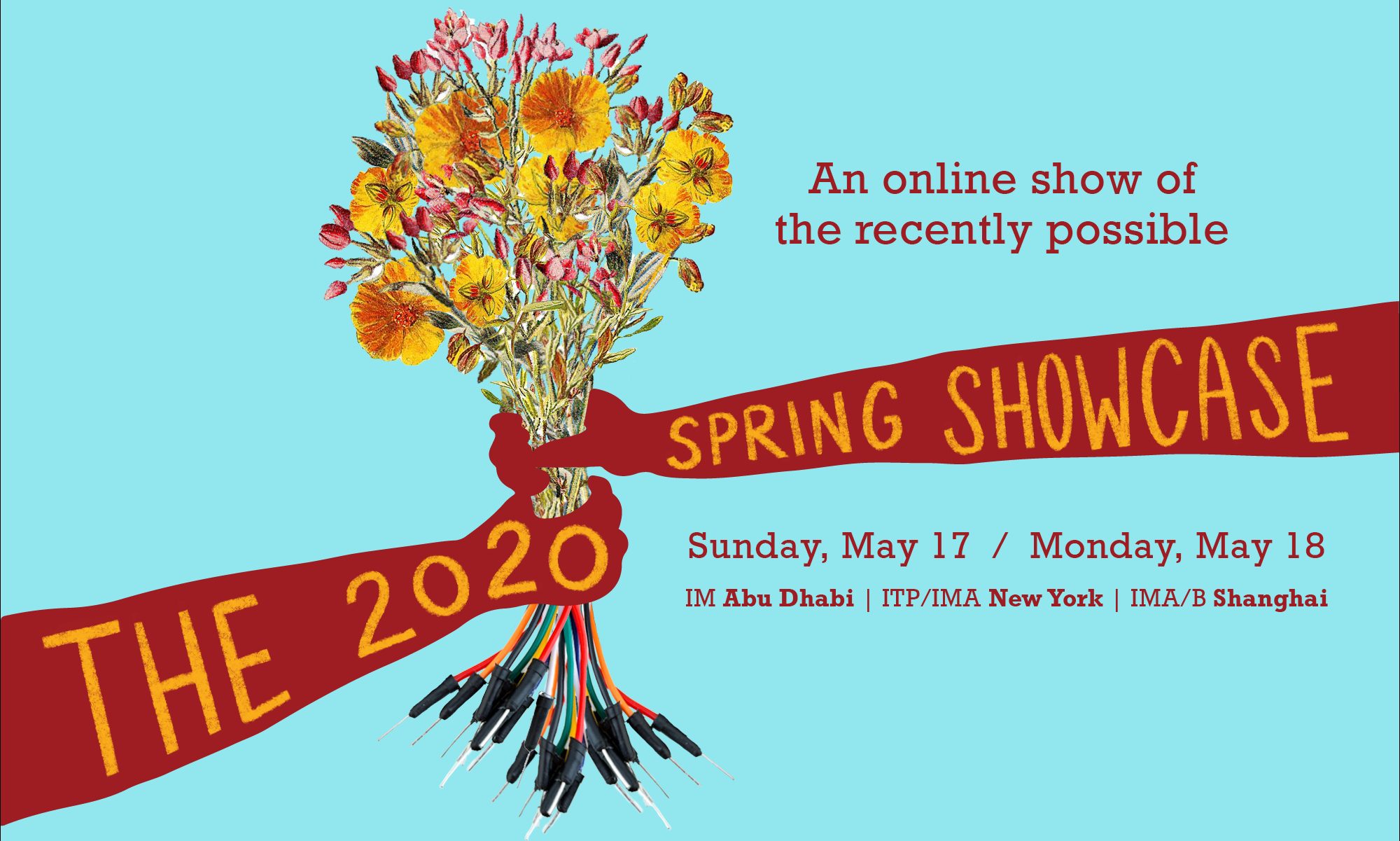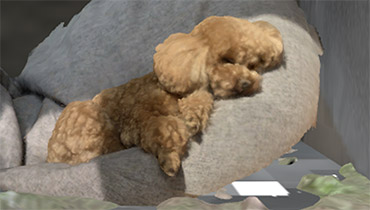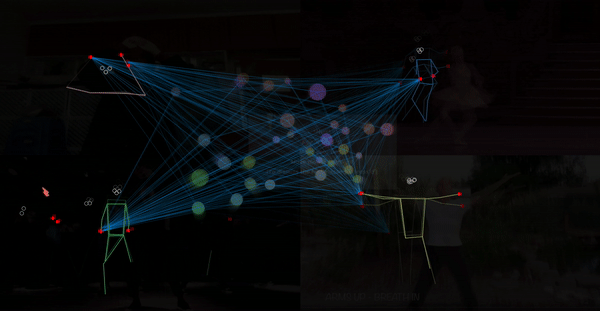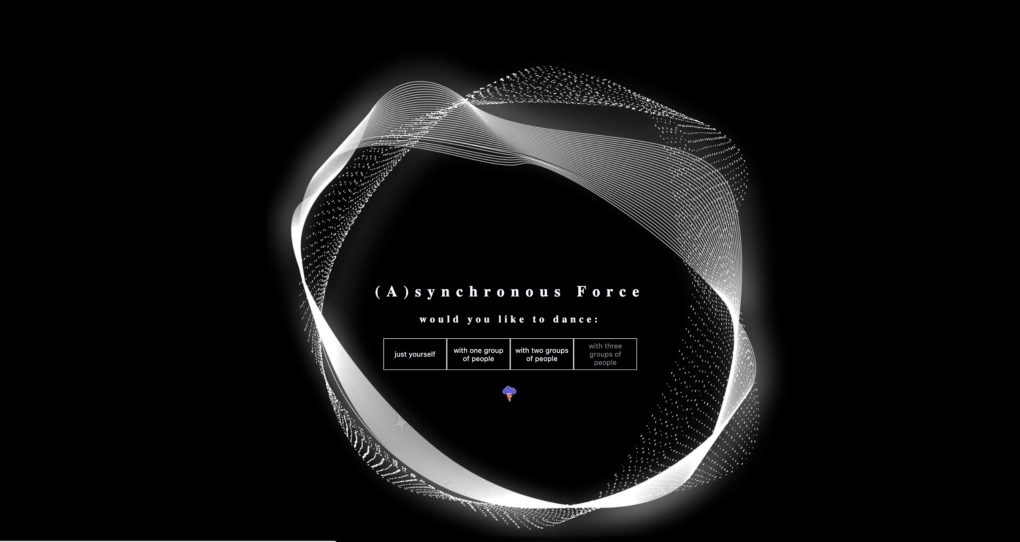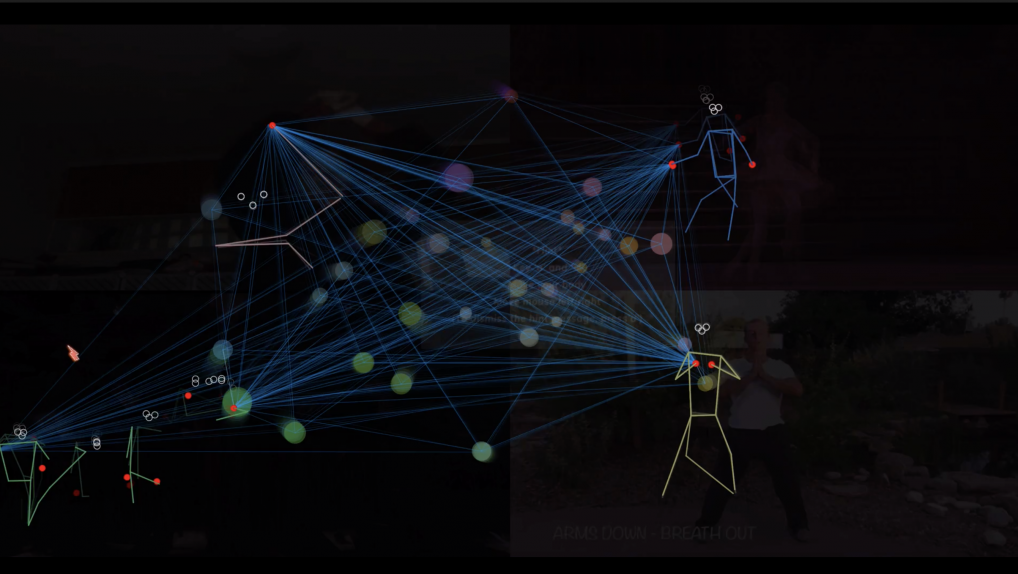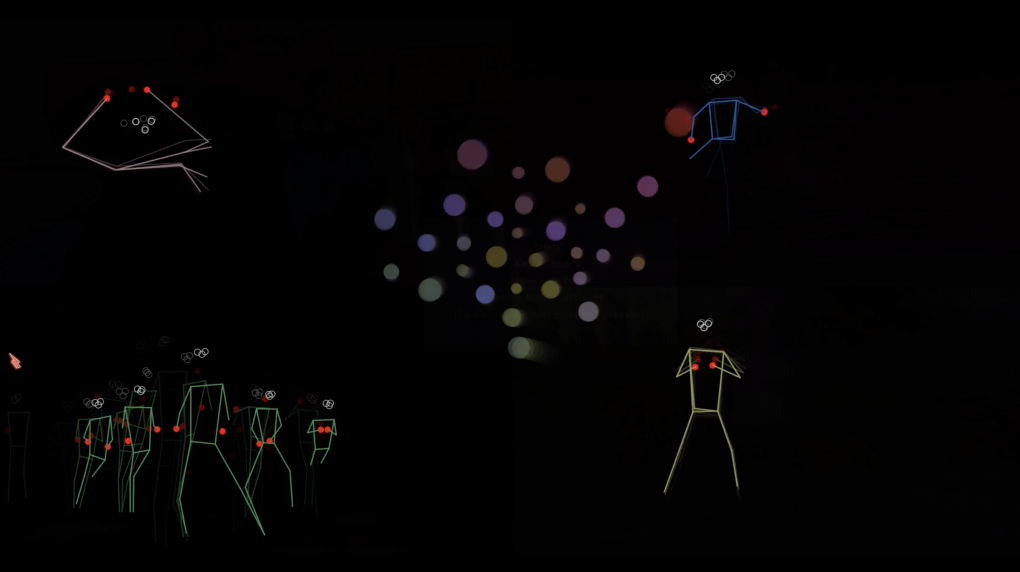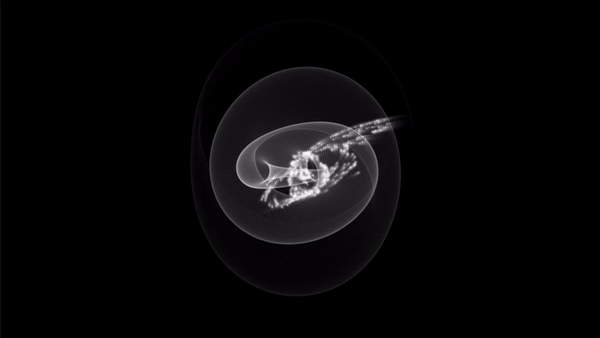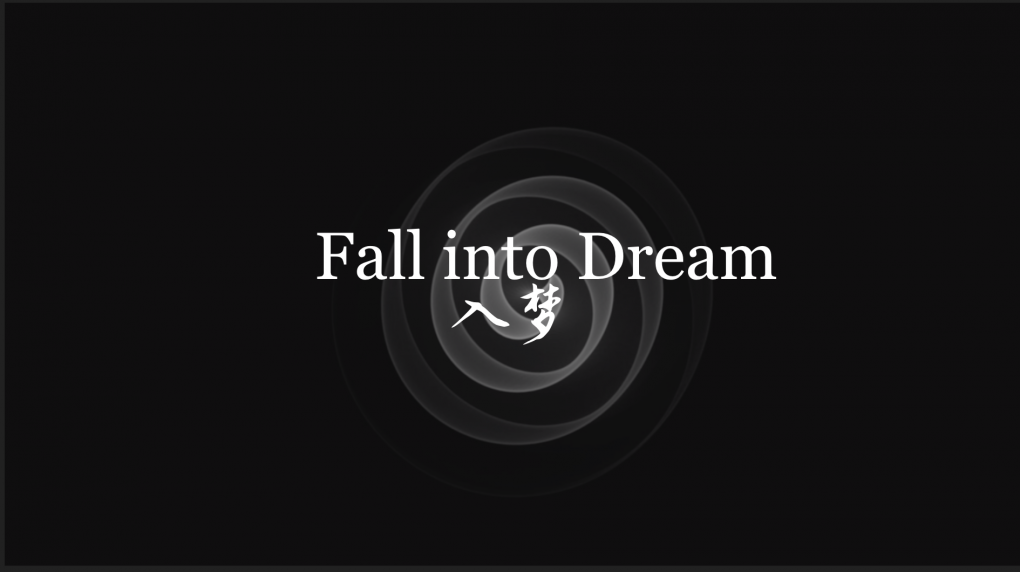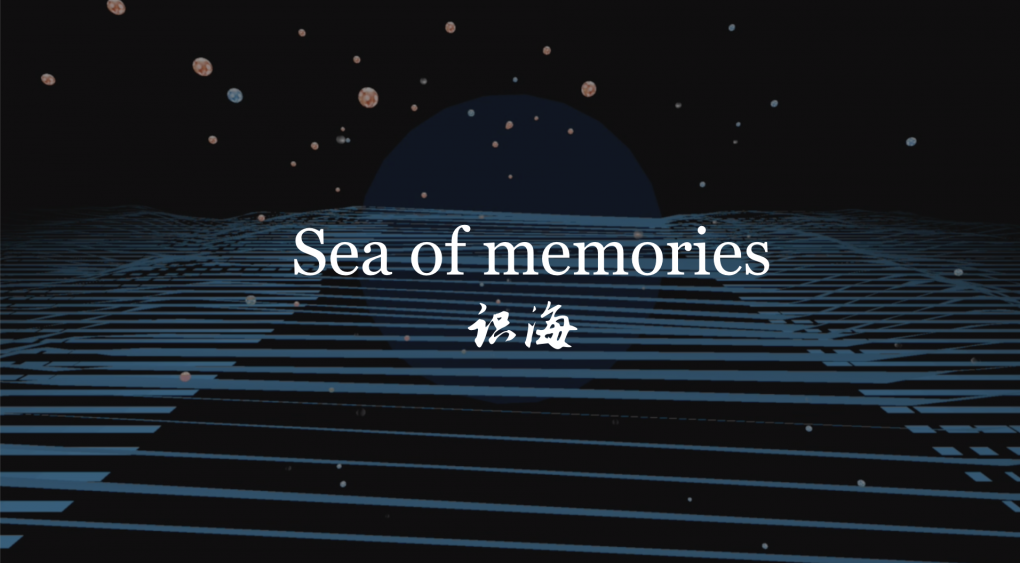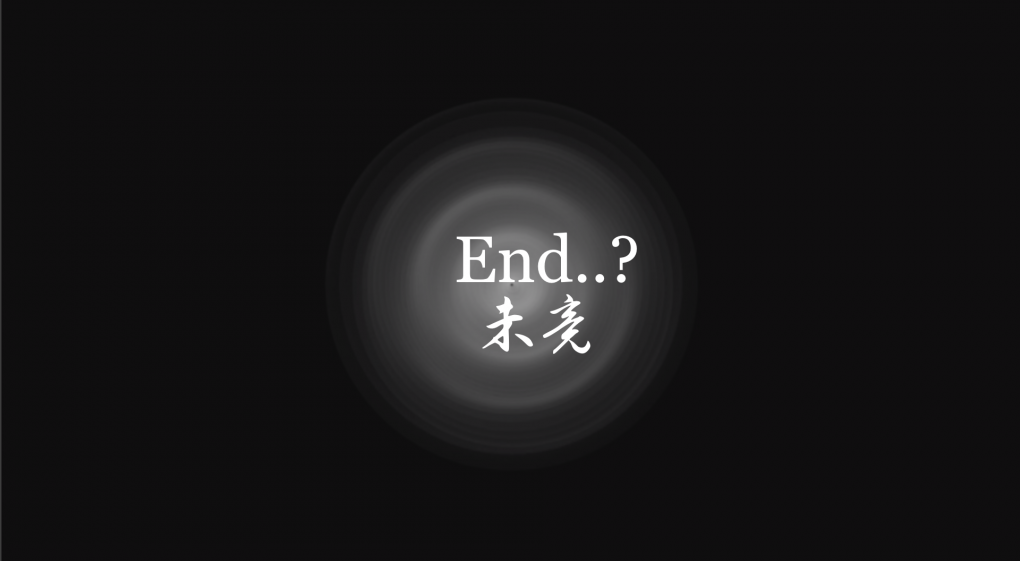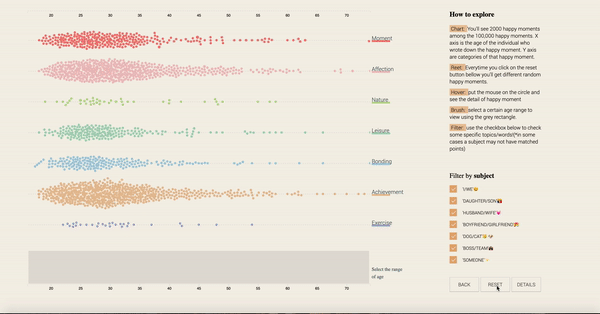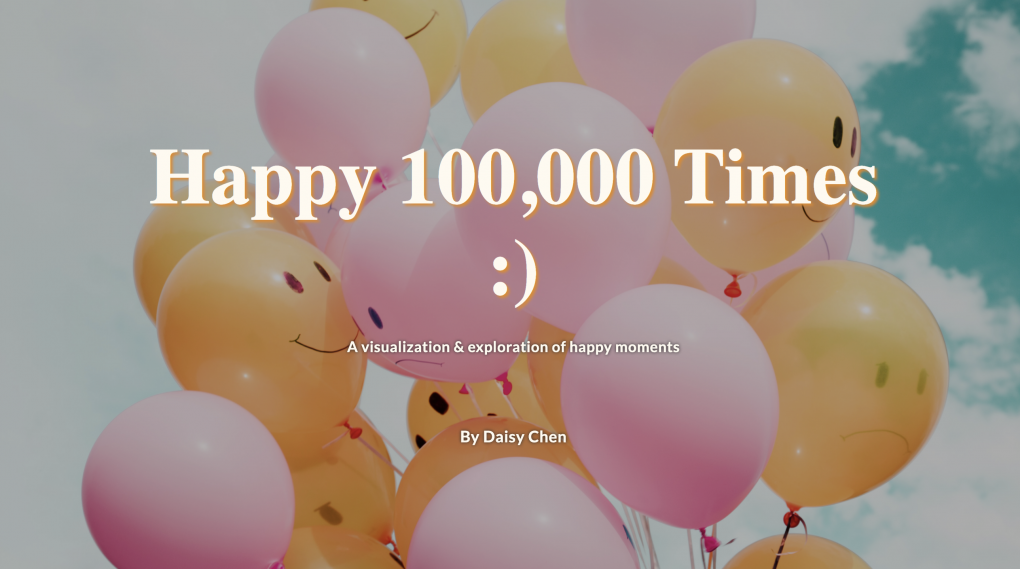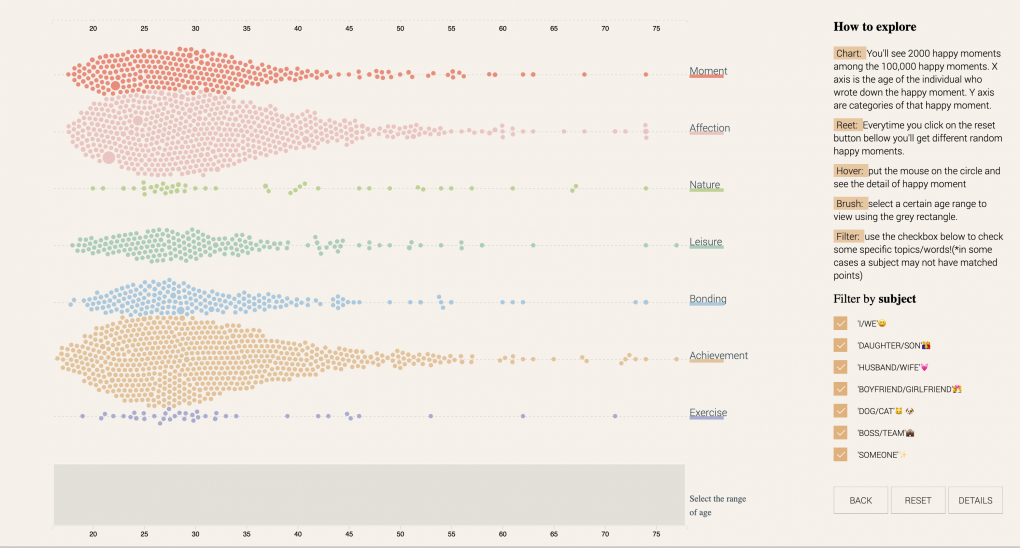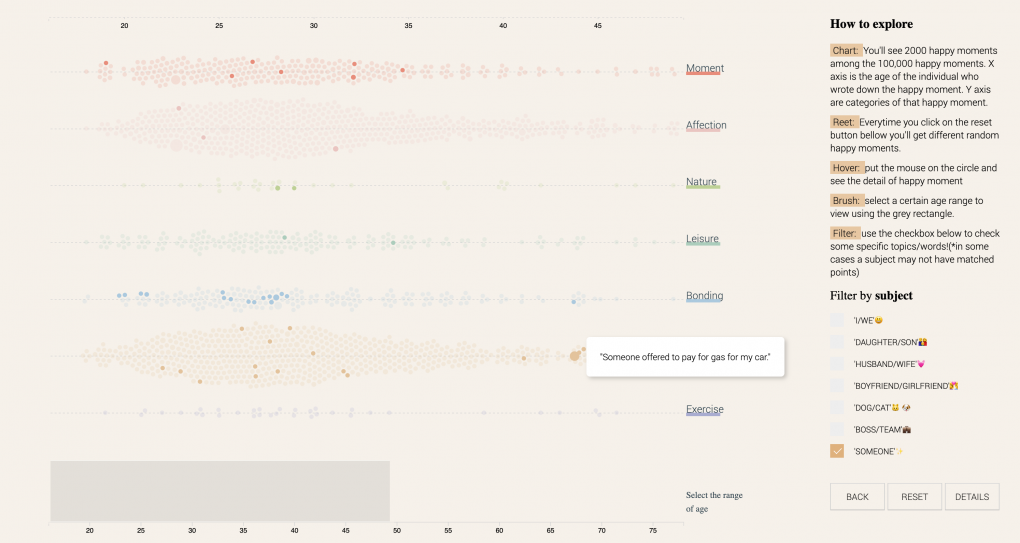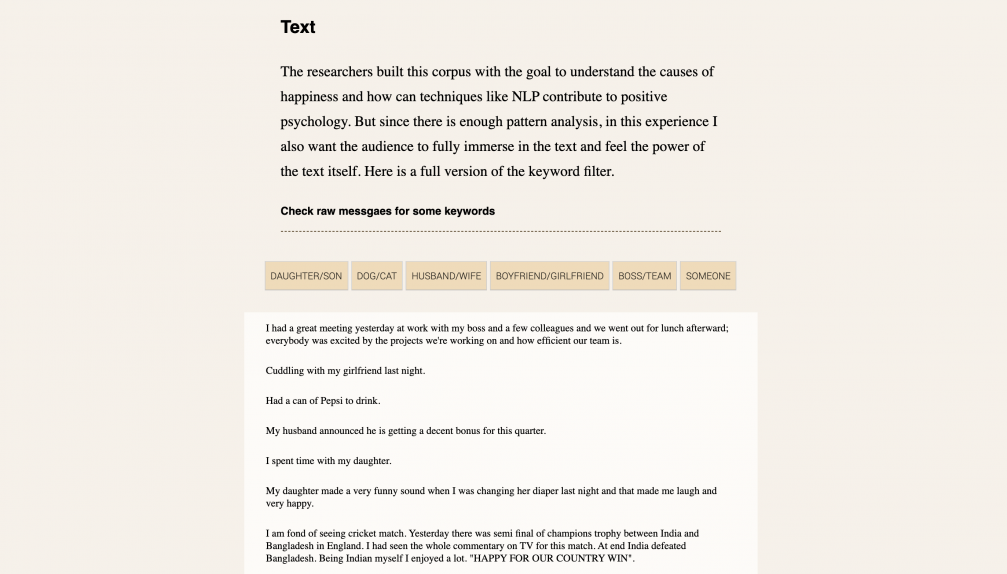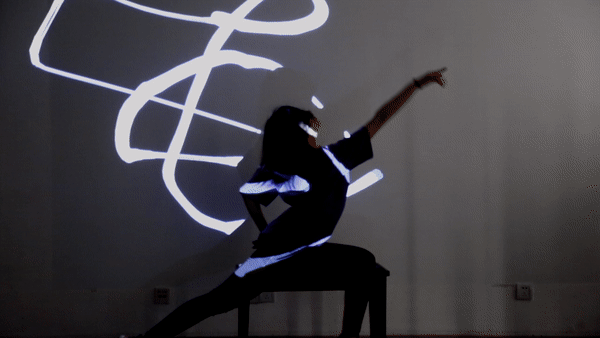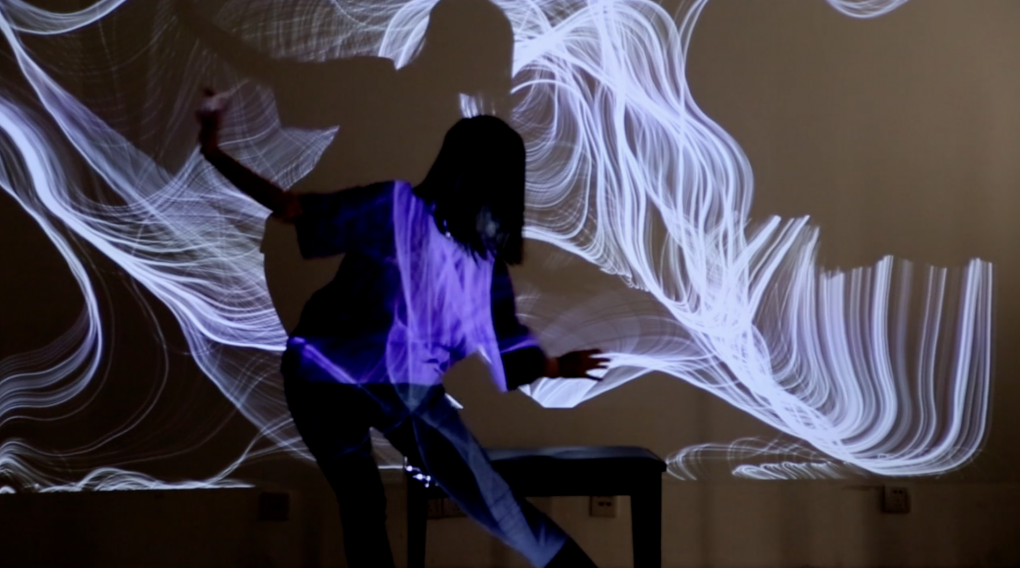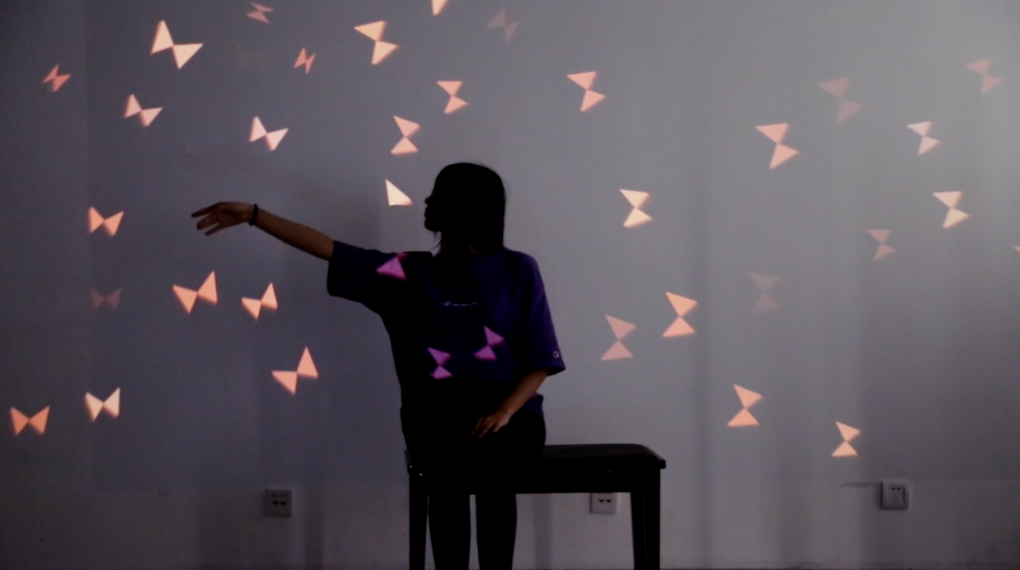30-second VR narratives made from photogrammetry scans of personal spaces.
Celine Yu, Hank D Wu, Jessica Chon, Michael Naimark, Qianyi Chen, Tian Qin, Wenhan Dou, Yayuan Zheng, Yanru Zhu, Zexing Li
Description
The 9 students were asked to reflect on their confinement environments and express their feelings about it. Though they knew the final project would be in VR, they began with conventional photography. They then learned photogrammetry with their smartphones (mostly using Metashape) and how to export to and compose in Unity, while also writing and recording 30-second personal voice-overs and background audio. They also added simple shapes, lighting, and “camera on rails” movement, then exported to stereo-panoramic video, which we titled and uploaded to YouTube as a 5-minute a 3D 360 video.
Special thanks to David Santiano, our Research Associate for Telepresence!
